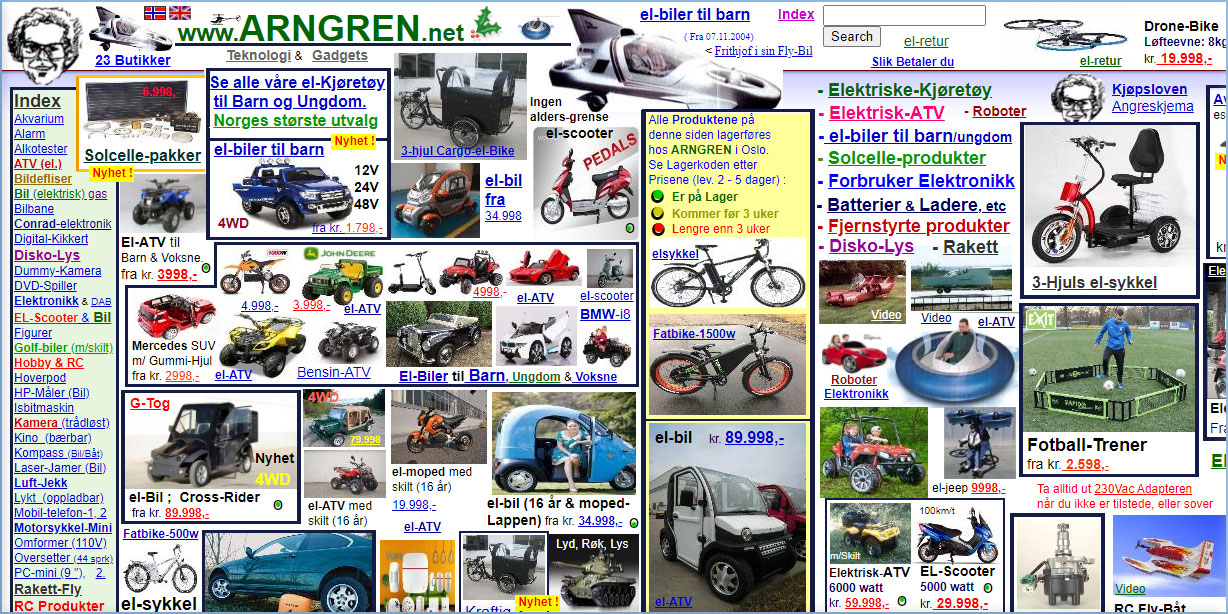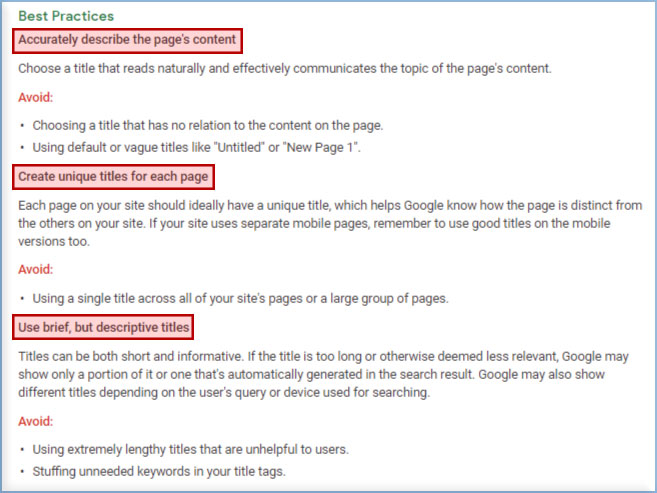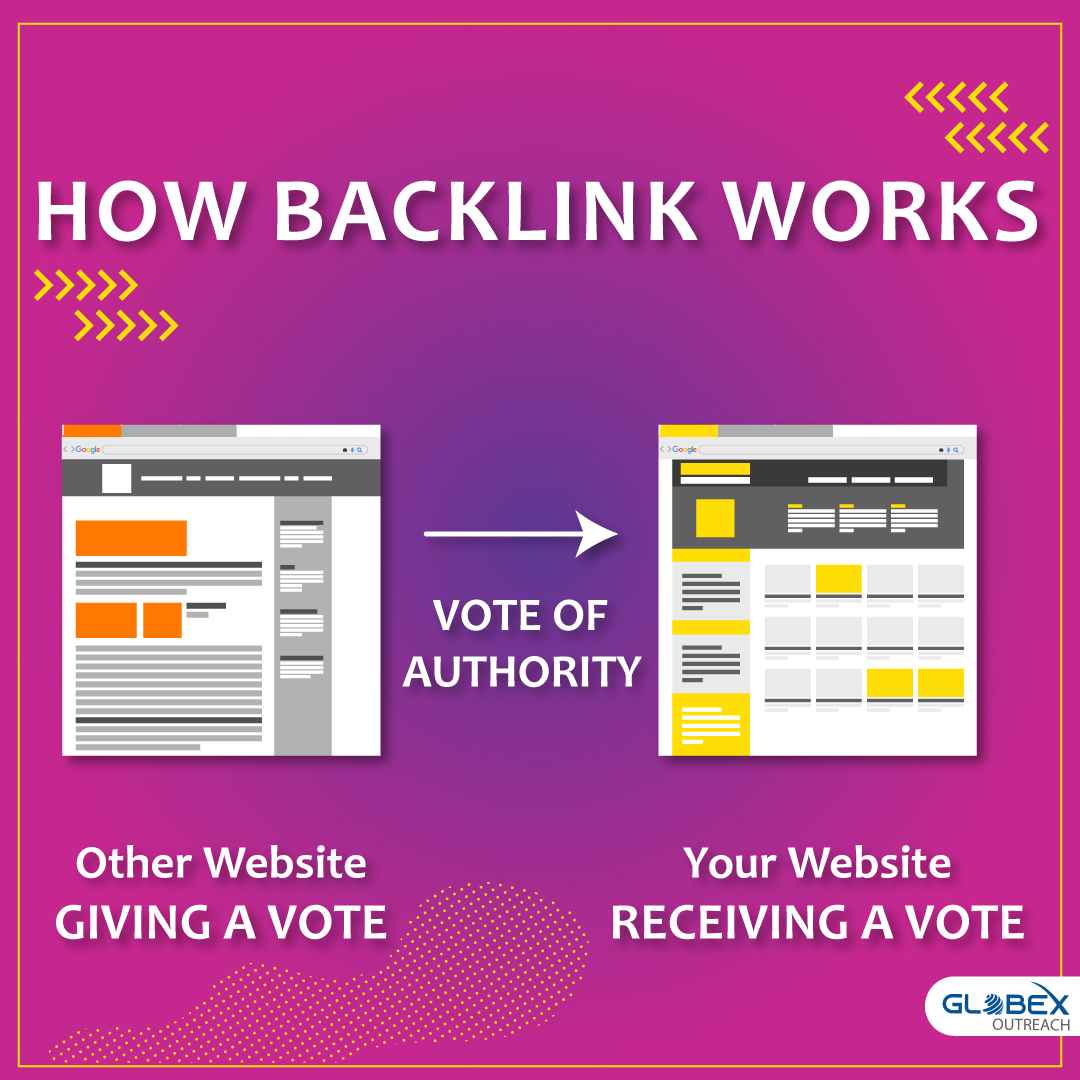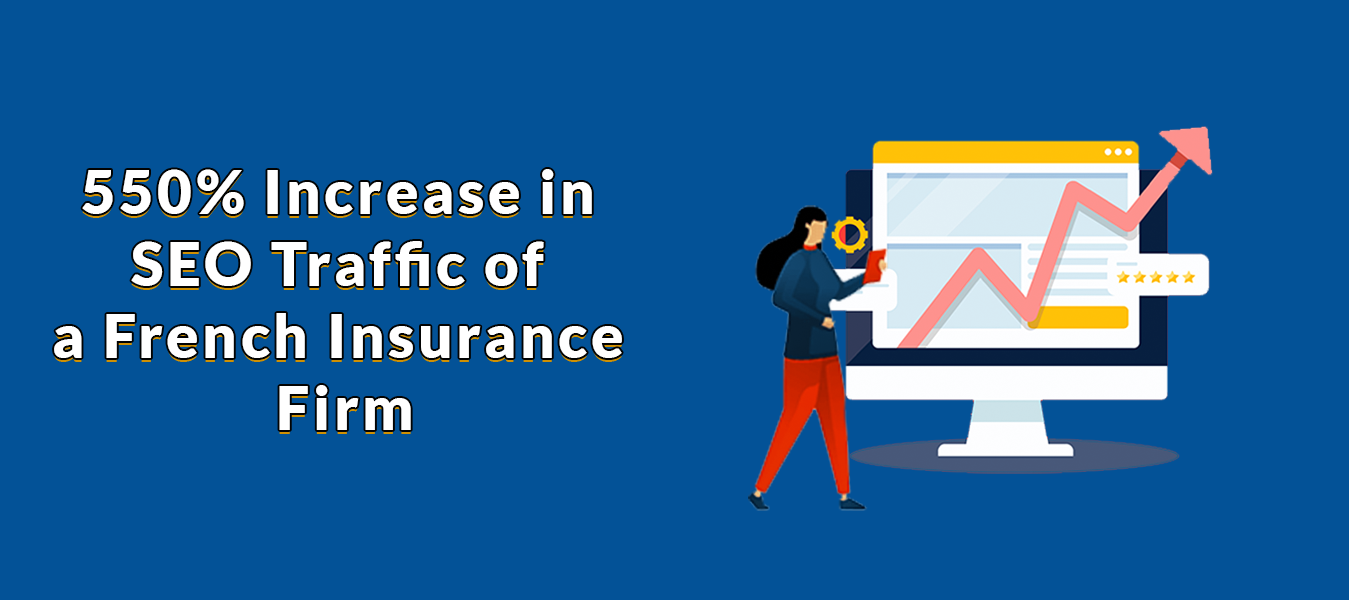As someone who has just taken a plunge into the business world, affordable SEO service for small businesses is your safe haven.
With 4.39 billion internet users and 1.8 billion online buyers, you can easily predict where most of your target audience linger.
Most of them are online, finding your business, and ready to buy your products.
So having an online presence is your gateway to meet the potential customers.
But is it enough to have a creatively designed website with amazingly written content to generate more leads and sell products?
The answer is ‘no.’
You are already losing the game if you are not working on enhancing your organic search visibility through SEO.
SEO, or search engine optimization, boosts your ranking on search engine research pages for the relevant searches and helps you come in front of the right eyes.
And that’s not the only perk of SEO that you can leverage as a small business.
There is much more in the game.
Why Do You Need Affordable SEO Service for Small Businesses?
Let’s walk down a flowchart to understand how affordable SEO consulting services work for small businesses.
Do you know around 96% of small businesses only manage to survive for one year, according to Innovation, Science & Economic Development Canada statistics?
What happens after that? They become history because they get closed.
There are many reasons why only 4% of businesses manage to survive, including:
- Competition is very tough with so many online businesses.
- Well-established businesses are hard to de-throne.
- Business dynamics are changing all the time.
- Businesses fail to cope up with the changing trends.
- Businesses don’t get the most out of SEO.
Email marketing works.
Spending on PPC ads is good.
Getting social media followers is trending.
But working on long term organic search visibility is even better because that’s what most online searchers prefer.
SEO takes time; that’s true.
But it brings along long term benefits that ultimately change the bottom line of your business by:
- Enhancing search visibility
- Increasing rankings
- Building brand awareness
- Establishing authority and credibility
- Beating the competitors
- Pushing the sales funnel
- Bringing the best ROI
- Providing more traffic and leads
- Generating higher revenue
It might seem nearly impossible to believe that an affordable SEO service provider can do all this for your business.
But that’s true!
And many businesses have already accepted this truth.
That’s why businesses are now investing more in SEO.
So if you are thinking of opening a small business, but you haven’t thought about hiring the best affordable SEO service, it is time that you do it now.
Because if you miss out on these SEO basics, get ready to become a part of that “96% squad” that becomes history.
Hope you don’t want to do it.
So here are given some things that your hired affordable professional SEO service must do to double your profit:
STEP # 1: Build a Crawlable Site Architecture
Your SEO begins the very moment you decide to build your site because the structure of your site is an essential part of SEO.
Google crawls and understands your website before indexing your site to appear on search results.
Just imagine if Google isn’t able to understand the flow of your website.
Can you hope to appear in the right search results or any search results?
That’s where a readable and Google-friendly site architecture helps out.
A website with just a home page and a couple of pages might not need to bother about its site architecture.
But if you are thinking about expanding your services and adding in more subpages, start working on it from day one.
For example, if you are building a website for a food blog, your site architecture might look like this:
It has a clearly defined, pyramid-style site architecture, divided into categories and subcategories.
That’s how your site architecture should be: simple, clear, and understandable.
Don’t make it a maze for Google and searchers. They will get lost, so will you!
STEP # 2: Choose Your Keywords Carefully
Keywords are like indicators that signal Google whether your page is relevant to a search query or not.
Remember that we are not talking about keyword stuffing.
We already know that Google hates it.
But adding the right keywords at the right place on your website is important if you want to appear in searches.
The trick is simple:
Every search starts with a keyword.
Here is an example:
These websites wouldn’t have appeared in the search results if their content missed out on keywords like car insurance, company, insurance, auto insurance.
So choosing the right keywords for which you want to rank in search engines is a backbone of affordable on-page SEO service.
Here are some tips that we, at Globex Outreach, follow while selecting keywords for our clients:
- Find keywords that match users’ search intent.
- See what keywords your competitors are using.
- Mix-match high search keywords and low competition keywords.
- Target long-tail keywords that are easy to rank.
- Don’t forget to add LSI (Latent Semantic Indexing) keywords to sound more relevant.
Add your main keywords in the first paragraph and H1 heading once you select your keywords based on this strategy.
It will give an exponential boost to your chances to appear in the target searchers’ queries.
In other words, meeting your target customers and ranking high will become a lot easier.
STEP # 3: Write High-Quality Content
What you write on your website plays a very key role in your SEO’s fate.
Google is in love with high-quality content (read it as obsessed!).
If your website contains useful, high-quality content, you automatically get an edge.
But here is a thing.
Google’s definition of high-quality content is way different than yours.
Yes, grammatical rules and right sentence structuring is part of it – but just a part.
Here is what Google means when it says to create high-quality content.
- Useful Content: Meaningful and useful content that provides value.
- Matches Search Intent: Provide content that users are looking for.
- In-Depth Content: Thorough content that answers visitors’ all possible questions.
- Well-Organized: Content in an easy-to-read format to help find the required answers quickly.
- Unique Content: Original content with no duplication or plagiarism.
- User-Oriented Content: Content created to cater to users’ needs, not to manipulate search engines.
- Expert Touch: Authoritative content written by an expert in its field.
- Accurate & Comprehensive: Well-researched content with factual and real information without any logical fallacy or misinformation.
So no matter how grammatically accurate and creative content you have written, it should also follow the above-mentioned points to fall into the bracket of high-quality content.
STEP # 4: Make User-Friendly Site to Reduce Bounce Rate
Google measures how much time visitors spend on your site and their activities to judge if your site matched their search intent or not.
That’s what is called a ‘bounce rate’: the time a visitor spends on your site.
If your website has poor navigation, bad design, incomplete information, or anything that may annoy visitors, they will bounce back.
So…
Don’t make a website from your perspective.
Put yourself into your visitors’ shoes, and try to understand their mindset.
- What kind of experience do they expect from your site?
- Are you giving them information in the right place?
- Is it easy for them to navigate it?
- Does it contain a clean layout or feel cluttered?
- Are you leading visitors to take the desired action?
Don’t do what this website did:
Can anyone tell me what is going on here? Because I feel dizzy while looking at this website.
In fact, this website is defying all the rules of ‘good’ web design.
- Everything is so chaotic that you forget why you came here.
- No navigation or call to action.
- Randomly tossed colors to create a not-so-good abstract art of God knows what.
- Unclear message and undefined site purpose.
- Poor typography and site design.
So avoid creating a website that acts like a scarecrow for your site visitors and shoos them away right after they click your site.
Give a better user experience, make them stay at your site, and get Google’s attention.
STEP # 5: Don’t Forget to Create Internal Links
Internal links are like a roadmap of your site that tells crawlers and visitors what the pages are about and how they are relevant to each other.
Wikipedia’s pages give you an excellent example of what an internal linking looks like.
Here is an example:
These highlighted texts are all links to internal pages.
Once you start clicking them, they take you to another relevant web page of Wikipedia.
So how it helps in SEO?
We have already talked that an affordable professional SEO service can’t do anything for your small business if Google can’t crawl and read your website properly.
Internal linking gives Google a defined path to crawl the whole website without missing out on any important web page for indexing and meaning behind that page.
Google uses the ‘context understanding’ of the content to rank a page properly for a search query.
STEP # 6: Work on Title Tags and Meta Descriptions of the Site
Title tags and Meta descriptions are among the most under-rated on-page SEO factors, despite that they play an important role in SEO.
They do two things:
- Tell Google what the page is about.
- Inform users why the site is worth clicking.
So basically, both these on-page factors are important from a user as well as Google’s point of view.
Google has a clear guideline for what to write and what not to write in Title tags and Meta descriptions.
The best and the worst practices of writing a Title tag include:
Besides that, use your main keyword in the Title tag to tell Google what the page is about, or is it relevant to the search query.
Now coming to Meta description, its story is also not different.
It is equally important for SEO as it enhances the CTR – well if it is written following these rules:
Based on these guidelines, we can safely say that you should:
- Create valuable content for both the sections that tells what the page is about and have a meaningful message.
- Avoid creating useless content that is incomplete, irrelevant, useless, duplicate, or keyword stuffed.
Creating good Title tags and Meta description is an art, and you need to become an artist if you want to sharpen up your on-page SEO game.
STEP # 7: Check Speed of Your Website
Trigger your site’s speed to make your visitors stay on the page.
In fact, your website’s speed defines the speed of your conversion.
If it is fast, visitors will stick to it. If not, they will click out. It’s as simple as that!
Your visitors don’t have time to see if your website has the guts to show its face quickly or not.
They have many other options that they can’t wait for more than 3 seconds to see what your website can do for them.
They will switch to other options.
That’s not just an annoying situation for your visitors. Google also keeps a close eye on this factor for ranking.
In 2010, Google revealed that site speed is one of the signals it checks to rank a site.
Besides hiring a good web hosting company, here is what else you can do to increase site speed:
- Content Distribution Centers: Store your content copies at geographically diverse centers to distribute content load time.
- Compress Images: Use the right file format and compress image size to minimize loading time.
- Use Browser Caching: Cache visitors’ information so that the page doesn’t need to upload from zero every time the same visitor visits.
- Fewer Redirects, the Better it is: Don’t add too many redirects to other pages because it adds HTTP request-response cycle time to increase loading speed.
- Simple Design: Don’t create too complicated web design with useless pages that increase the loading time uselessly.
An increase in site speed means getting ready for earning extra bonus favor points from users as well as Google.
STEP # 8: Make Responsive Web Design
In 2015, Google launched its mobile-first policy, and we know why:
With 67% of internet users going online through a mobile, making a responsive web design has become a necessity.
You know a web page looks different on different devices. A web page looking the best on the desktop will look like a disaster on mobile with the same design.
On top of that, users never recommend a non-responsive website to others.
So no matter that you are running a small business or a huge giant company, mobile-friendly web design should be your priority if you want to rank higher.
STEP # 9: Do External Linking
We have talked a lot about how affordable on-page SEO service<span style=”font-weight: 400;”> work.
Now it is time to talk about another mother SEO factor: external linking.
External linking is the most important off-page SEO factor that is powerful enough to define the fate of your ranking.
Even if you have written very good content, added the right keywords, and worked on the technical SEO aspects, if you don’t have a vote of confidence from other authority sites, you can’t rank.
And the external link is that vote of authority.
But remember that there is a difference between taking links and earning links.
You should be focusing on the latter type because that’s what Google likes.
Google hates any kind of link scheme that is based on any one of these factors:
- Search engine manipulation
- Using sneaky ways to earn links
- Buying links to rank higher
- Exchanging links on a mutual benefits basis
- Using poor quality sites to fetch links.
STEP # 10: Create a Simple and Clear URL Structure
Yes, URL is your website’s address. It takes visitors to your site.
That’s what you think.
But it is way more than that for Google.
Google begins its crawling and indexing through a URL.
It first understands what it is, what it refers to, and where it should be categorized.
So don’t mess up your URL, thinking that it is just a web address.
It seems a trivial deal but is important in your SEO.
So keep these key points in your mind while selecting your site’s URL:
- Keep it simple and clean
- Keep it short and precise
- Don’t mess it up by adding punctuations, numbers, and whatever
- Try to add your focus keyword for optimization
- Don’t stuff it with keywords
- Make it understandable for readers and Google
Conclusion
Thinking of kicking your 9 to 5 job and becoming your own boss is such a good decision.
And if you have thought of implementing this decision practically, it is even better.
But running a small business is not easy. Forget about all the competition surrounding your industry.
Getting the eyes of the searchers is a tricky thing; maybe near to rocket science if it is your first try.
It will take away half of your headache, and you can focus on other important things. Like how to deal with the huge traffic pouring due to SEO or how to give a better direction to your business?
Sounds better? It is!



























